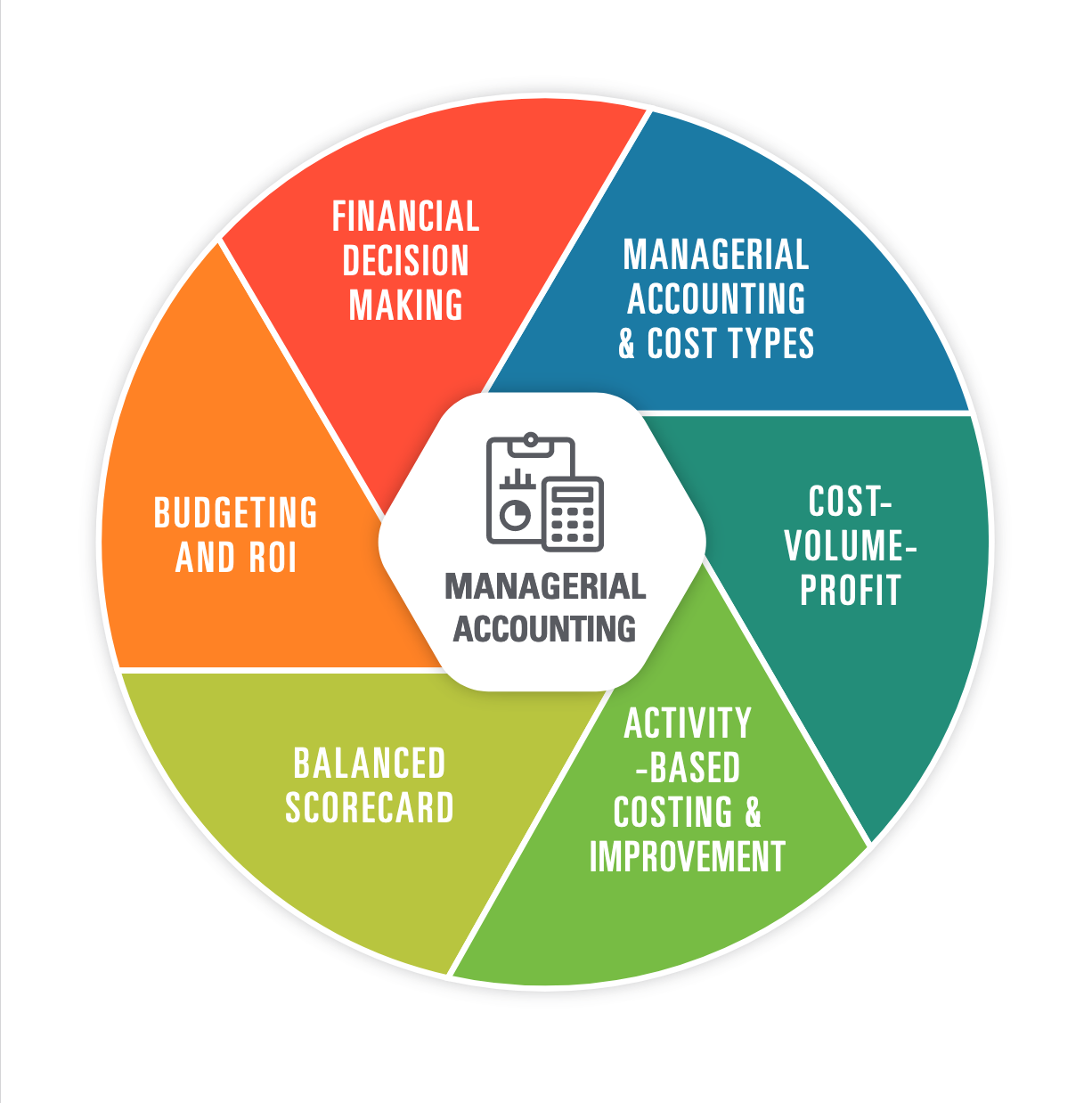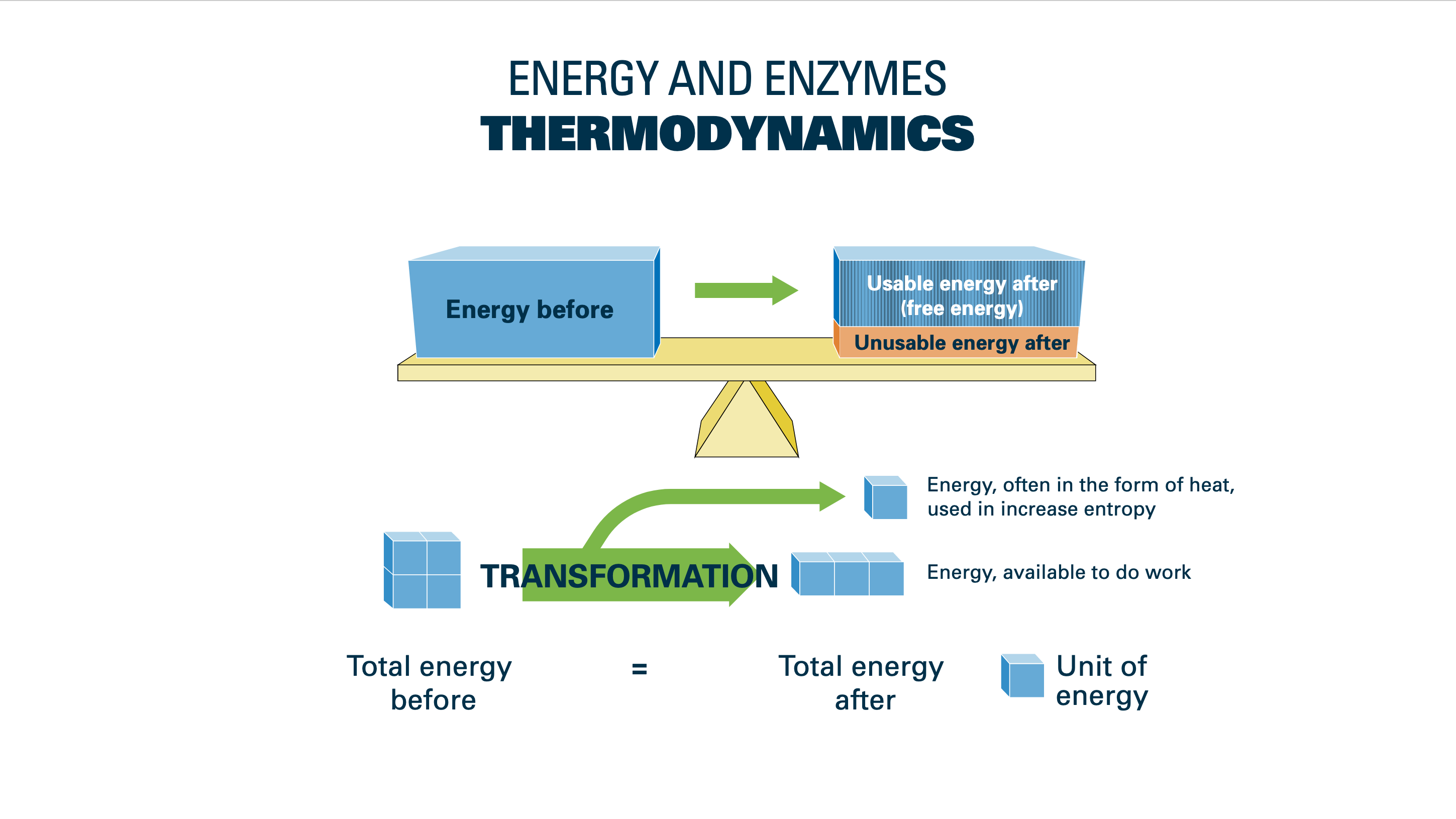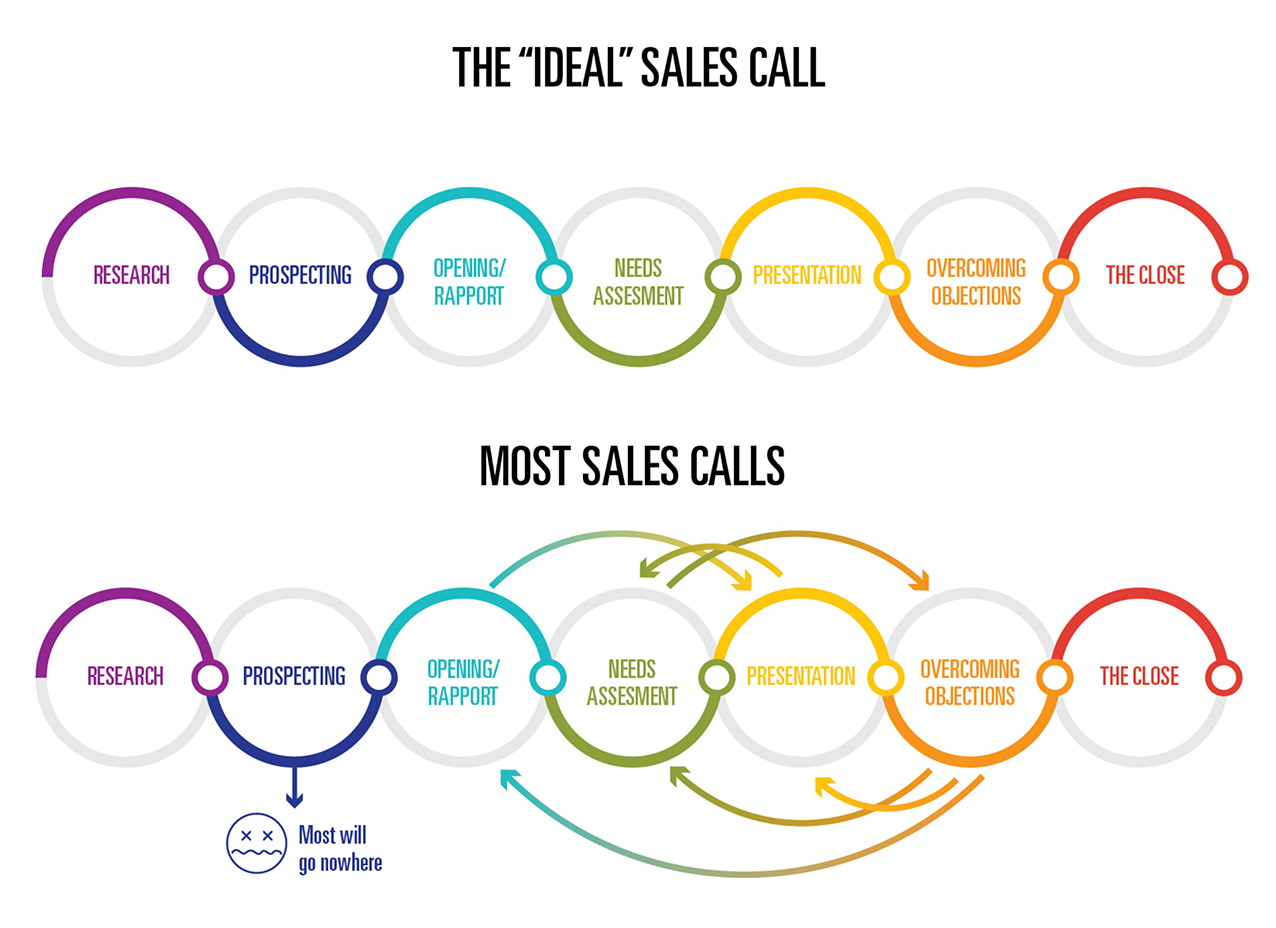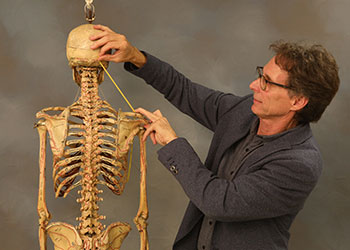Creating Media in Course Development
Graphics, images and video in online courses is a Pedagogical strategy to engage students who have grown up using the internet and communicating with text messaging, Instagram and Youtube. The Department of Digital Learning provides you with media experts that can create graphics, images and video to help communicate your class materials. The Academic Media Production (AMP) team can help you make online courses that engage your students, communicate clearly and creatively, and are customized to you, your course, and Marquette University.
Video Creation for Courses
Creating media for courses opens a new avenue for students to engage with information and further their understanding of the courses learning objectives. Our AMP team includes experience video directors and multimedia experts. If you would like video content created, such as video discussions to emphasize lecture points, interviews with experts in the field, or lecture videos, we can guide you through the process to get or videos created and make sure those videos are accessible.
Expand all | Collapse all
Course Overview and Common Core
A Course Overview video introduces students to the course and tells them what to expect during the semester. In addition, if your course is a part of the Common Core, this is when you would tie in the importance of this course to the core and the learning objectives that will be accomplished.
Mini Lecture (Ted Talk style)
Mini lectures are the most popular option have a lot of opportunity to try innovative new ways to display lecture material. In the video below, there is a sense of just how dynamic a mini lecture can be. Whether that be utilizing the greater Marquette campus and other off-site locations for different shots, incorporating other professors within the department, and/or utilizing a wide variety of dynamic graphics and imagery to create a product that is professional, high-quality, and engaging.
Animation or graphic explainer video
Working closely with the graphic designer, these videos specifically coincide with graphics developed for the course that would be further aided with audio description and explanation. When recording the audio for an animated graphic video, it is important that all members of the team work closely together to create a final product that is engaging and meets all accessibility requirements to provide an all-encompassing overview of the animations.
The Lightboard is a moveable piece of glass that allows you to write on it with neon paint markers. The image is then flipped in post-production and graphics can also be overlayed on the video. It is a great tool for filming equation walkthroughs or write on diagrams.
Interviews or Experts Responding to Questions
Bring real-world expertise into the classroom and connect students to different types of views and knowledge of other fields. Utilizing your professional contacts and having them participate in an on-camera interview is the way to go. Whether it be a traditional interview set-up with both the interviewer and interviewee on camera or supplying the interviewee with a set of questions to answer, either can be filmed and incorporated into the course. In addition, creating a video with multiple perspectives in one allows students to compare and contrast different topics across companies and industries.
Skits and role play in videos allow viewers to see examples of real-world scenarios and analyze the responses from actors in the video. Whether it be training nurses with the tools to effectively communicate with patients and their families or how to run a meeting with employees to analyze company issues. There is a variety of ways that watching a skit/role play video can give students the opportunity to identify positive and negative occurrences and further discuss what they observed or would change if presented with the same challenges. While it may take a bit of extra planning to create a script and organize a set of actors, the outcome is well worth it.
Other ideas developed with the Media Team
We are constantly open to innovative ideas formulated by all involved and look forward to continuing to create media prevalent to your course. The following video demonstrates how thinking outside of the box can lead to great content.
Graphic Creation for Courses
If you need an original graphic created, or an existing graphic re-created, the Digital Learning Graphic Designer can work with you. If you would like to create a new graphic for your course, create a quick sketch or description of the concept you need illustrated, and email it to the graphic deisgner, from there we will work with you to make sure the finished project communicates everything you need. Similarly, if you are looking to have a graphic re-created, send the original, along with anything you’d like changed about it to the graphic designer, and we will work with you to make a new version.
Click on Images to enlarge.
360° Photographs
Allow students to explore an object or specimen virtually, with a 360° photograph.
Copyright Requirements
- All Images and Video used must pass copyright requirements, selections that fall outside of these requirements will need to be replaced with ones that do.
- If you would like to use images that appear in the textbook you are using for the course, work with your Instructional Designer to acquire permissions from the publisher.
- Images included must be royalty free or we must have permission to use them. Created by Marquette University, the professor, licensed under Creative Commons, or other copyright permissions have been given.
- Graphs, charts, or Infographics must have a cited source and be good quality. If the quality of an image is poor, then the instructor must provide the Graphic Designer with the content so it can be recreated.
- Images must be 72 dpi minimum, 500kb file size minimum
- Outside video links (YouTube, Vimeo, etc.)
- Outside videos links will not be embedded with your content and should be provided to the Instructional Designer for your course to be directly linked into the content section of your D2L course
- If a video you recorded requires it to be split up so students watch the first 5 minutes of your lecture, then a YouTube video, and then the last 10 minutes of your lecture (for example), then that must be indicated in your notes to the Media Team
- Outside links must also comply under copyright and if they do not, they cannot be used.




